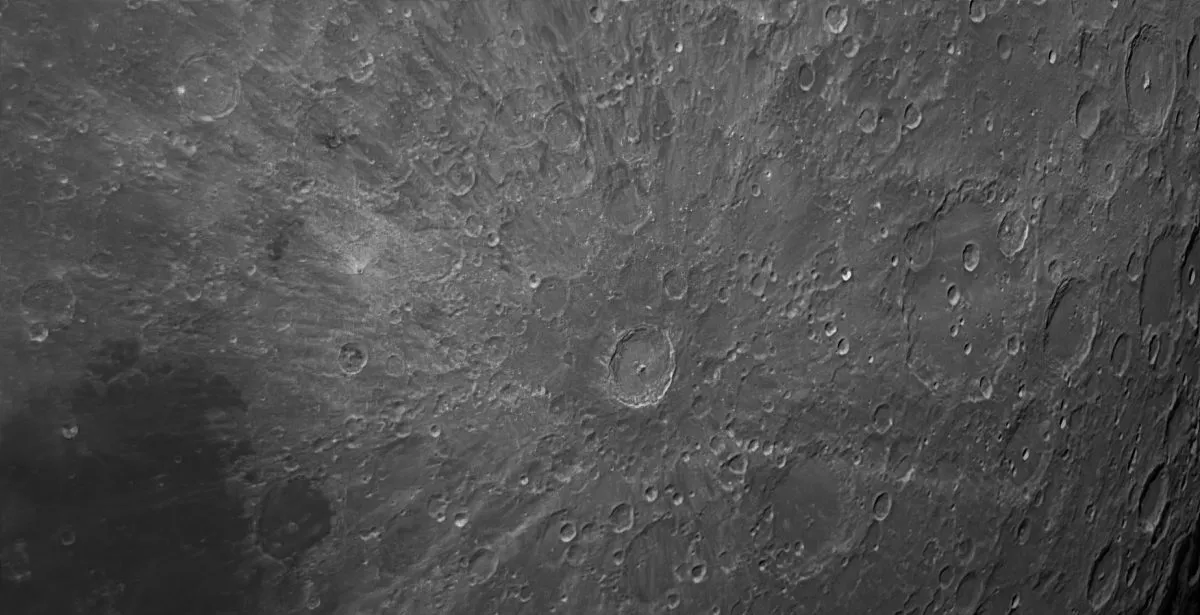The Sturgeon Moon is the name given to the August full Moon, the final full Moon of summer 2025.
It takes its name from the fact that late summer is the time when sturgeon fish were most plentiful in the Great Lakes of North America.
The term 'Sturgeon Moon' is one of many informal names given to monthly full Moons, reflecting changes in nature during the month in question.
From strange illusions to memories of ancient traditions, features on the lunar surface and the beginning of a planet parade, there are many good reasons to get out and see the Sturgeon Moon 2025.
For weekly stargazing advice, sign up to our e-newsletter and subscribe to our YouTube channel

This weekend's full Moon – the Sturgeon Moon 2025 – will rise on 9 and 10 August in the southeast between 8pm and 9pm, timings varying slightly depending on your exact location.
Get yourself a clear horizon, good company and, as it's the weekend, time to sit up late and watch the full Moon track across the southern sky.
It should hit due south around midnight, then will dip beneath the southwest horizon just before dawn.
Here are six reasons why you should catch a glimpse of the Sturgeon Moon 2025 this weekend.
Sturgeon Moon is the last full Moon of summer 2025

Being August's full Moon, the Sturgeon Moon is the final full Moon of the summer, anticipating the changing of the seasons and the coming of autumn.
If you're a stargazer or amateur astronomer, this means the return of longer, darker nights, better for observing the night sky.
It also anticipates the return of autumn constellations and, looking further ahead, the long, dark nights of winter.
It's easy to see how, in the context of the changing seasons and constellations over the course of a year, the big, bright monthly full Moons would have held a lot of significance for our ancestors.
That's why each full Moon was given at least one nickname to reflect annual events in nature.
It's a chance to witness the Moon illusion

See the Sturgeon Moon 2025 rise and you'll get a chance to witness a strange optical effect known as the Moon illusion.
It happens when the Moon is low on the horizon and looks much bigger than normal.
If you've ever witnessed the Moon illusion, it can be a rather startling sight. Under the right conditions, it does look enormous.
No-one can exactly pinpoint why the Moon illusion happens, but it's all a matter of perspective.
It's likely caused by foreground objects like buildings and trees appearing tiny in comparison to the bright full Moon, thereby making the Moon itself look huge.
You can see lunar rays on the surface

Some astronomers and Moon observers will tell you that full Moon is the worst time to observe the Moon.
This is because, during full Moon, sunlight completely illuminates the whole of the lunar surface.
That means all those wonderful lunar seas, craters, mountains, valleys and other features are washed out, and hard to see.
But when the Moon is in its crescent or gibbous phase, the terminator – the line dividing the lit and unlit portions of the Moon – accentuates these features, making them much more prominent.
Nevertheless, there is one feature that's easily observed on a full Moon, and that's lunar rays.
These are mostly caused by ejecta from ancient impacts on the Moon, and are beautiful features to explore.
Among the most famous are those of crater Tycho and crater Copernicus.
It's great for beginners and kids

Should it need pointing out, the full Moon is visible without the need for binoculars or a telescope!
You don't even need to get away to a dark-sky site and escape light pollution.
The Sturgeon Moon 2025 can be seen from towns and cities easily with the naked eye, although you'll need a clear horizon to watch it rise.
For these reasons, full Moons like the Sturgeon Moon are great for beginners and kids.
If you're observing the Sturgeon Moon this weekend with family and friends, see if you can photograph the Moon with your smartphone.
Or have a competition and see who can produce the best sketch of the Moon.
Sturgeon Moon rises the same time on Saturday and Sunday

The Moon is full on both Saturday and Sunday night, and rises at roughly the same time in roughly the same location both evenings.
So if you do find a great spot to observe the Sturgeon Moon 2025 rise on Saturday, you can see it rise again on Sunday, weather permitting of course.
There will be a very subtle difference in timing and position, so perhaps this is something you could try to observe for yourself.
Where does the Moon rise on Saturday in relation to landmarks like buildings and trees?
Look again as it rises in Sunday. How has the Moon's apparent location in the sky has changed?
It kicks off a Moon and planet parade

The full Moon is a fantastic spectacle, but it does make observing the rest of the night sky trickier.
That's because it's much bigger and brighter than anything else in the night sky, so it makes it harder to see other stars and planets.
But once the August Moon passes its full phase, it begins to wane, meaning the illuminated portion of the side facing Earth shrinks night after night.
That will make the rest of the night sky easier to see.
And the Moon is about to begin a journey tracking east across the sky, night after night, morning after morning, and joining in the August 2025 planet parade as it does so.
If you observe, photograph or sketch the 2025 Sturgeon Moon, we'd love to hear from you! Email us via contactus@skyatnightmagazine.com

